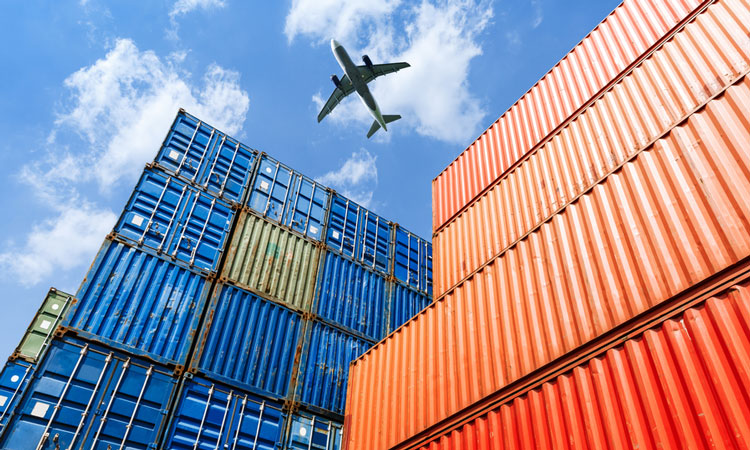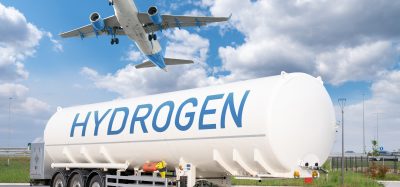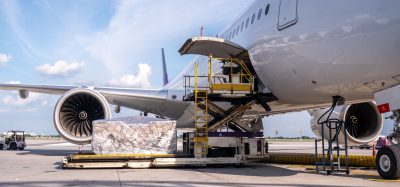Air freight demand ends year up, despite softening in later half of the year
- Like
- Digg
- Del
- Tumblr
- VKontakte
- Buffer
- Love This
- Odnoklassniki
- Meneame
- Blogger
- Amazon
- Yahoo Mail
- Gmail
- AOL
- Newsvine
- HackerNews
- Evernote
- MySpace
- Mail.ru
- Viadeo
- Line
- Comments
- Yummly
- SMS
- Viber
- Telegram
- Subscribe
- Skype
- Facebook Messenger
- Kakao
- LiveJournal
- Yammer
- Edgar
- Fintel
- Mix
- Instapaper
- Copy Link
Posted: 7 February 2019 | International Airport Review | No comments yet
IATA has released full-year 2018 data for global air freight markets showing that demand, measured in freight tonne kilometres, grew by 3.5 per cent compared to 2017.


The increase of 2018, was significantly lower than the extraordinary 9.7 per cent growth recorded in 2017.
Freight capacity, measured in available freight tonne kilometres (AFTKs), rose by 5.4 per cent in 2018, outpacing annual growth in demand. This exerted downward pressure on the load factor but yields proved resilient.
Air cargo’s performance in 2018 was sealed by a softening in demand in December. Year-on-year, December demand decreased by 0.5 per cent. This was the worst performance since March 2016. Freight capacity, however, grew by 3.8 per cent. This was the 10th month in a row that year-on-year capacity growth outstripped demand growth.
International e-commerce grew in 2018 which was a positive factor for the year. Yet, there was a softening of several key demand drivers:
- The restocking cycle, during which businesses rapidly built up inventories to meet demand, ended in early 2018
- Global economic activity weakened
- The export order books of all major exporting nations, with the exception of the US, contracted in the second half of 2018
- Consumer confidence weakened compared to very high levels at the beginning of 2018.
Alexandre de Juniac, IATA’s Director General and CEO at IATA, said: “Air cargo demand lost momentum towards the end of 2018 in the face of weakening global trade, sagging consumer confidence and geopolitical headwinds. Still, demand grew by 3.5 per cent compared to 2017. We are cautiously optimistic that demand will grow in the region of 3.7 per cent in 2019. But with the persistence of trade tensions and protectionist actions by some governments there is significant downside risk. Keeping borders open to people and to trade is critical.”
de Juniac continued: “To attract demand in new market segments, the air cargo industry must improve its value proposition. Enabling modern processes with digitalisation will help build a stronger foothold in e-commerce and the transport of time- and temperature-sensitive goods such as pharmaceuticals and perishables.”
Related topics
Aeronautical revenue, Air freight and cargo, Airside operations, Capacity


















